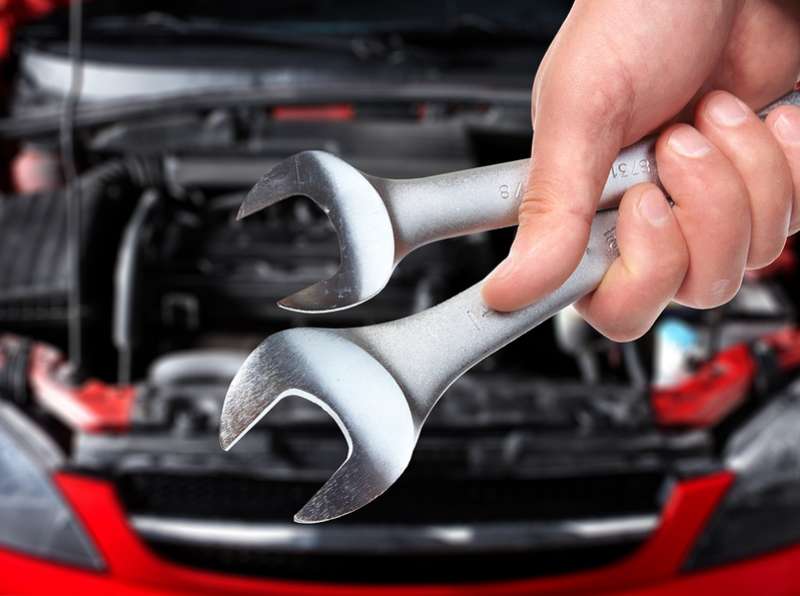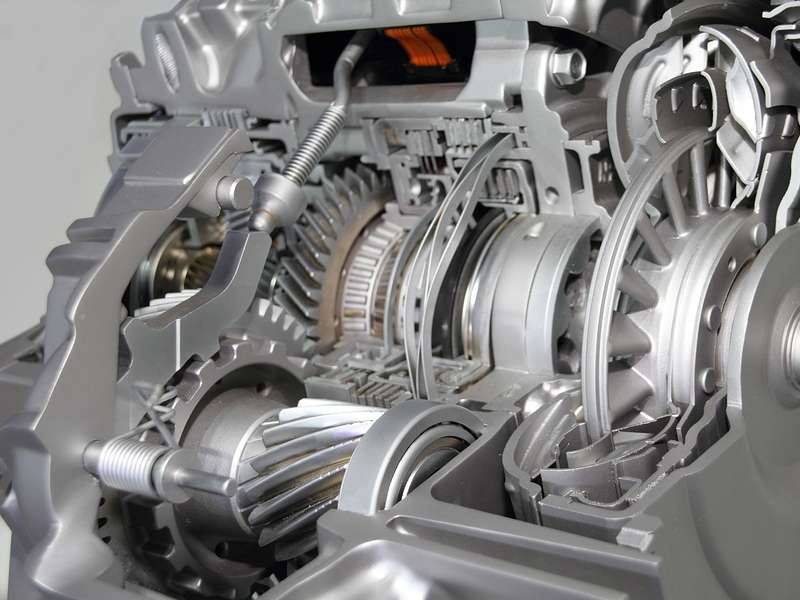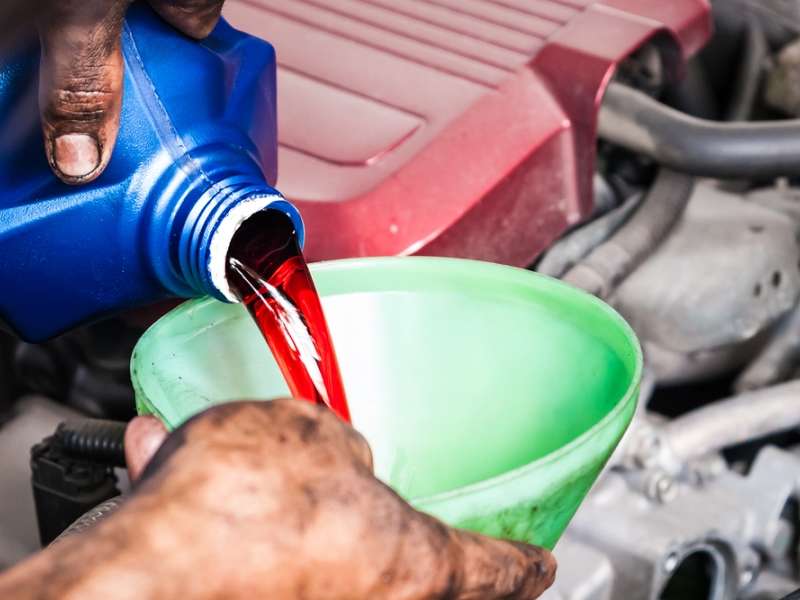Recent Articles
Popular Makes
Body Types
How To Flush An Automatic Transmission

The fluid in an automatic transmission not only lubricates the transmission but is also used to transmit power from the engine to the driveline. It's important to follow the manufacturer's fluid recommendations and maintenance schedule to keep your transmission operating smoothly.
There are three different methods for changing the transmission fluid, two of which you can do at home. Before you start make sure that you have enough of the proper type of transmission fluid on hand, the proper filter (if you plan on replacing it), and a transmission pan gasket (if you plan on dropping the pan).
The traditional method used to change the transmission isn't actually a flush, but a simple drain and refill that will only replace about 50% of the fluid. A few vehicles provide a drain plug that makes this process easy while others require you to remove the pan to drain the fluid. Once the fluid has been drained the filter can be replaced. Some cars have an externally mounted transmission filter, however usually the filter is mounted inside the transmission and is only accessible once the pan has been dropped. After the filter has been replaced you can reinstall the transmission pan with the new gasket. Slowly fill the transmission fluid, usually though the dipstick tube, being careful not to overfill. When you have close to the proper amount of fluid in the transmission start the car and let it get up to operating temperature while checking the fluid level. Check for leaks and then take the car for a spin to verify that everything is working properly.
The second method is more of an actual flush and should get most of the old fluid out of the transmission. Most vehicles with automatic transmissions implement a transmission cooler, either integrated into the radiator or a separate external unit. The transmission pumps fluid through this cooler in order to keep the fluid within normal operating temperature. By disconnecting the cooler from the system it is possible to use the transmission to flush itself. Disconnect the radiator side of the hose that normally moves the hot fluid from the transmission to the cooler and place the end into an empty bucket. Disconnect the hose that returns the transmission fluid from the cooler and place the end into a bucket full of fresh transmission fluid. Start the car and run the transmission back and forth through the gears a few times until the fluid coming out of the transmission looks clean or you are nearly out of fresh fluid. During this process it's nice to have a helper watching the buckets to ensure that there is plenty of fresh fluid left and to let you know the condition of the fluid coming out of the transmission. Reattach the cooler lines, and then fill the transmission to the proper level. The only downside to this method is that it doesn't require you to drop the pan, which can make it difficult to change the transmission filter.

The final method can normally only be done at a garage or transmission repair shop, and should also get nearly all the old fluid out of the transmission. It involves hooking the car to a special machine that has its own pump to force the fluid through the transmission. Again with this method the pan does not need to be dropped.
No matter which method you use, regularly performing a transmission flush could prolong the life of the transmission and keep it shifting smoothly.
